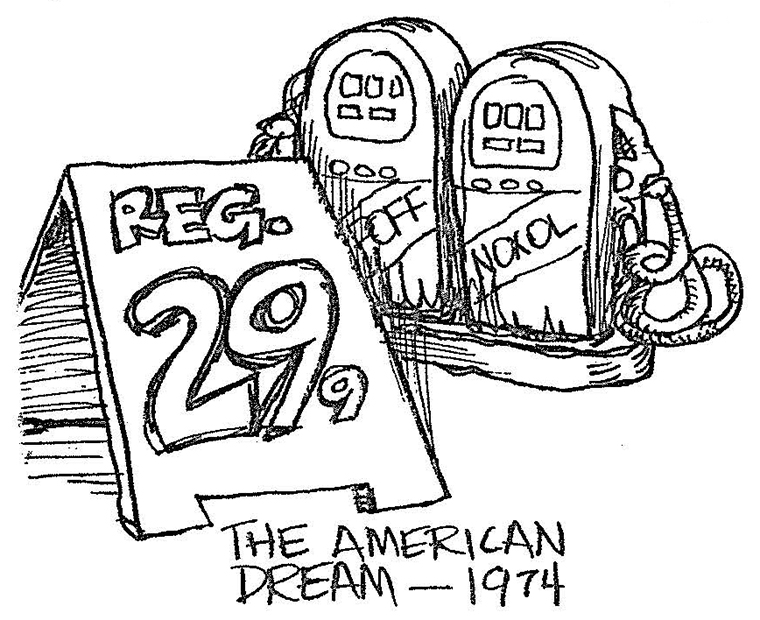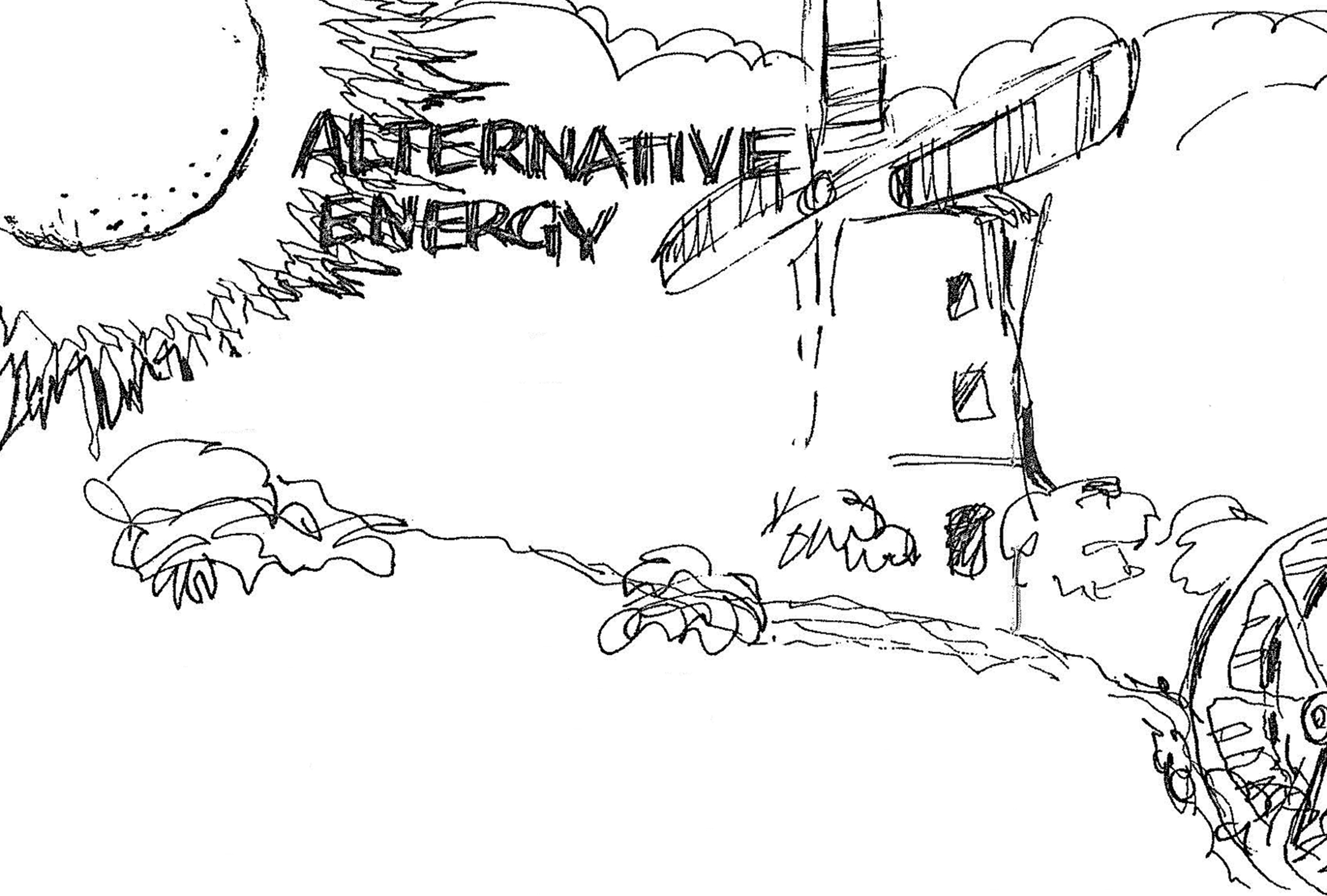Solar Energy
Solar energy, many scientists believe, is adequate for all the conceivable energy needs of the world. It is safe and clean, but expensive. The main technical obstacle is bringing down the cost of the solar cells, which convert light from the sun directly into electric current. Simpler systems abound: solar cookers and ovens and water heaters.
Mother Earth News writes of a solar heat collector which turns water into steam, which in turn drives a small steam engine, which drives a generator, which produces electricity. Some experts say it would take no more than 10 years, with massive government support, to make solar energy practical. Others say 50 years is more likely.
I have no doubt we will be successful in harnessing the sun’s energy . . . If sunbeams were weapons of war, we would have had solar energy centuries ago.
Methane
An ignitable fuel can be produced from human or animal shit. A conversion kit is available to enable cars to run on this fuel.
Wind
The conversion of wind power to electricity could be a major energy source, although it would also take several years to produce significant quantities at competitive prices. It is believed by some that the total energy available from the winds could total two thirds of our 1970 electrical power consumption and about one quarter of our projected requirements by 1985. Europeans still use wind energy to grind grain and pump water. Homemade units are appearing in this country.
Our minds are being abused with the big lie about the time required to develop practical solar energy. For six months we’ve even been subjected to a misleading national TV spot from Atlantic Richfield Oil ridiculing wind power. “A good idea . . . until the wind dies down.” As if ARCO didn’t know that the energy could be stored.
Nuclear Power
And what about nuclear power, long heralded as the most promising new source of energy?
It is anticipated that nuclear power plants will meet 30 per cent of our energy requirements by the year 2000, rather than the one per cent they do today. This will create as much radioactivity yearly as the explosion of a million Hirsoshima atom bombs — and storage of the radioactive wastes represents a major hazard to countless generations to come.
Yet, the only federal law concerning liability for the possibly catastrophic effects of radioactive wastes sets a limit of $560 million per nuclear accident, regardless of its enormity — and 80 per cent of this sum will be paid by the taxpayer, not the company running the plant.
At the 1973 Pugwash conference of 100 scientists in Finland, a chilling warning was issued about the hazards of nuclear power plants. The scientists, many in the US and the USSR, including some well known nuclear physicists, concluded:
“The as yet unsolved problem of waste management and the possibly unsolvable (in the absolute sense) problems of catastrophic releases of radioactivity and diversion of bomb grade material, combine to create grave and justified misgivings about the vast increase in the use of nuclear power that has been widely predicted. The wisdom of such an increase must at the present time be seriously questioned.”

In the meantime, the Fermi reactor, 50 miles from Detroit, has experienced continued problems since its construction in the early 1960s. Critics say it uses approximately $4 per kilowatt hour to produce electricity at the plant, as compared to an average of $3 per hour for other electrical energy.





